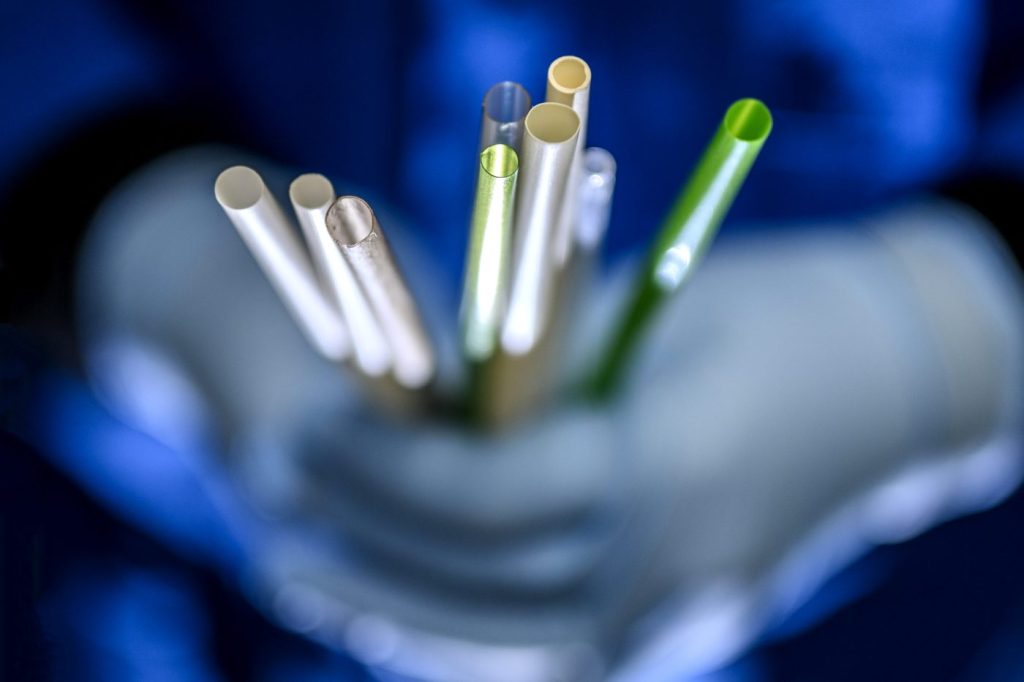Are there COVID-19 cases in your community? The answer may be in your sewer.
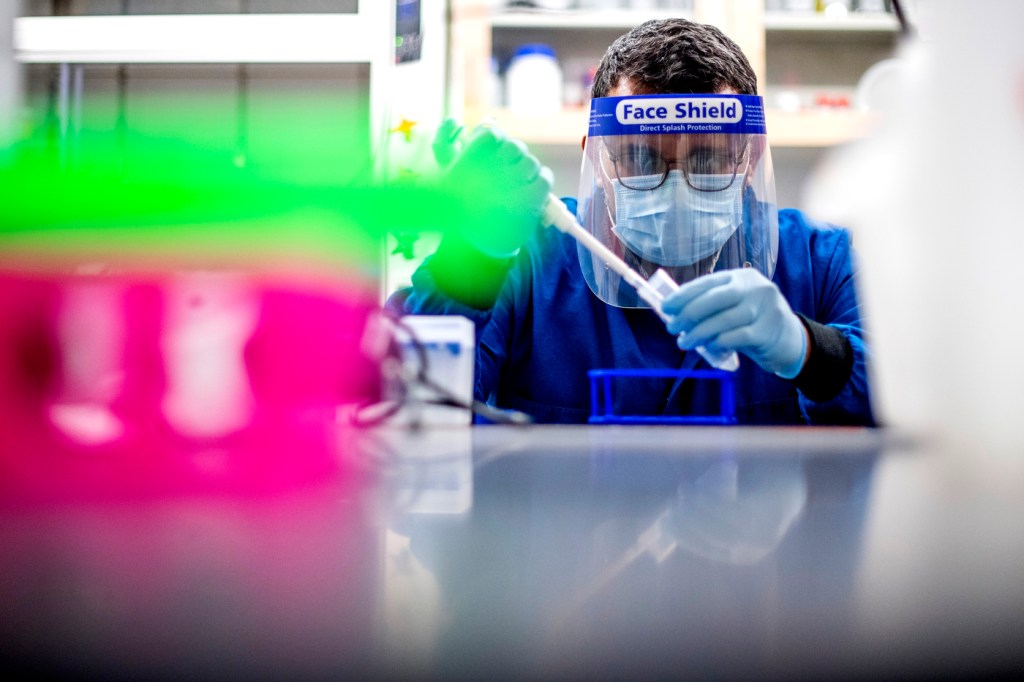
You might not be able to get tested for coronavirus every day. But you do poop every day, hopefully.
Ameet Pinto, assistant professor of civil and environmental engineering, and his team of researchers have partnered with the city of Somerville, Massachusetts to screen the community’s wastewater to gauge whether COVID-19 cases are increasing or decreasing, information that could help the city prepare for potential outbreaks.
“Adding wastewater testing to our COVID-19 interventions is like adding a smoke alarm to your house. It provides a warning before the problem gets out of control,” said Somerville Mayor Joe Curtatone in a press release.
Genetic material from SARS-CoV-2, the coronavirus that causes COVID-19, can be found in the feces of infected individuals. Even after the waste travels all the way to the wastewater treatment plant, the virus’s genetic material is still detectable in the water.
Pinto and his team are testing wastewater samples to check if COVID-19 cases are stable in certain communities, which can help city officials have a more targeted approach to managing the virus. Where are the clusters? And do we need to ramp up testing in certain areas?
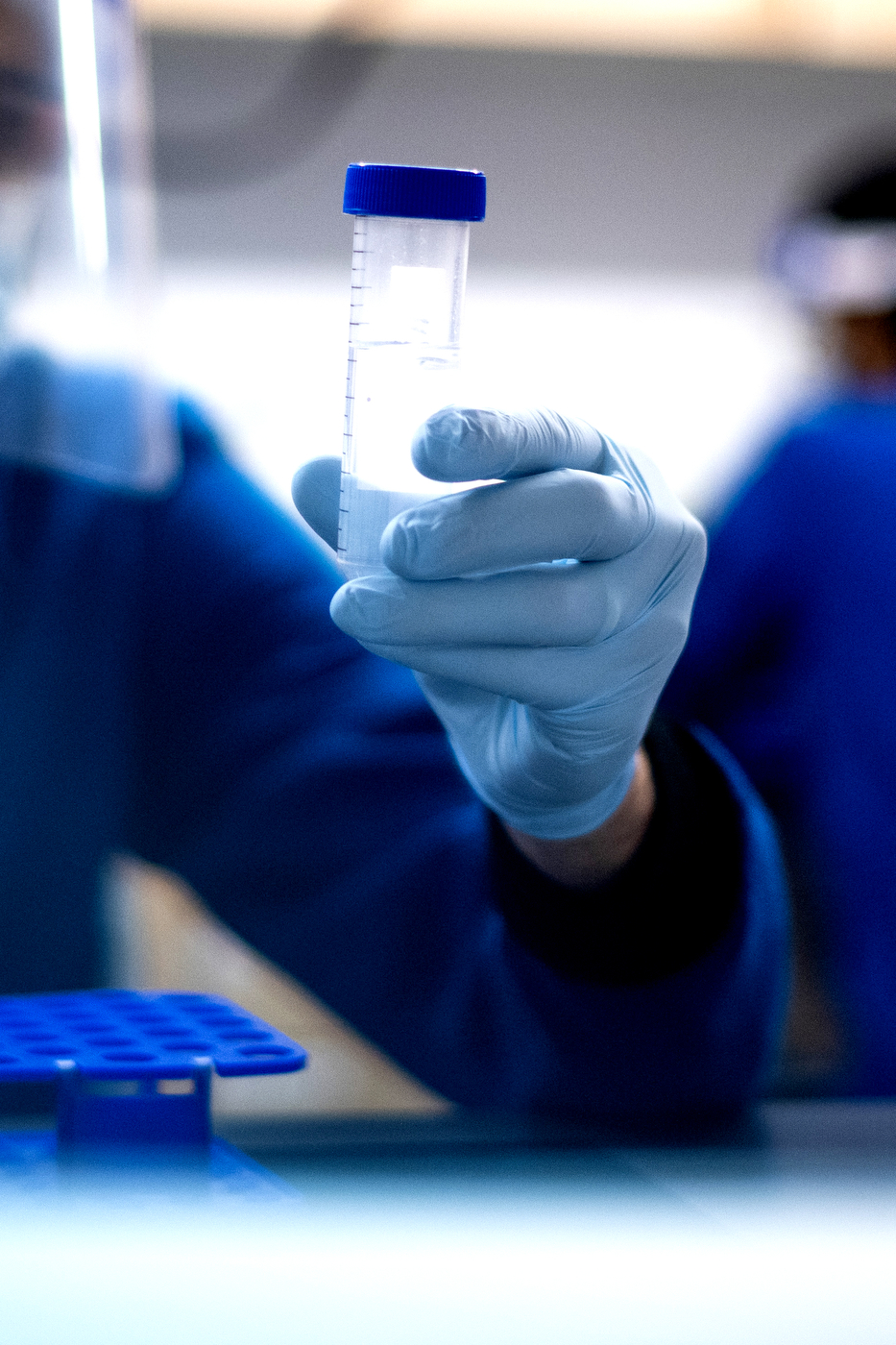
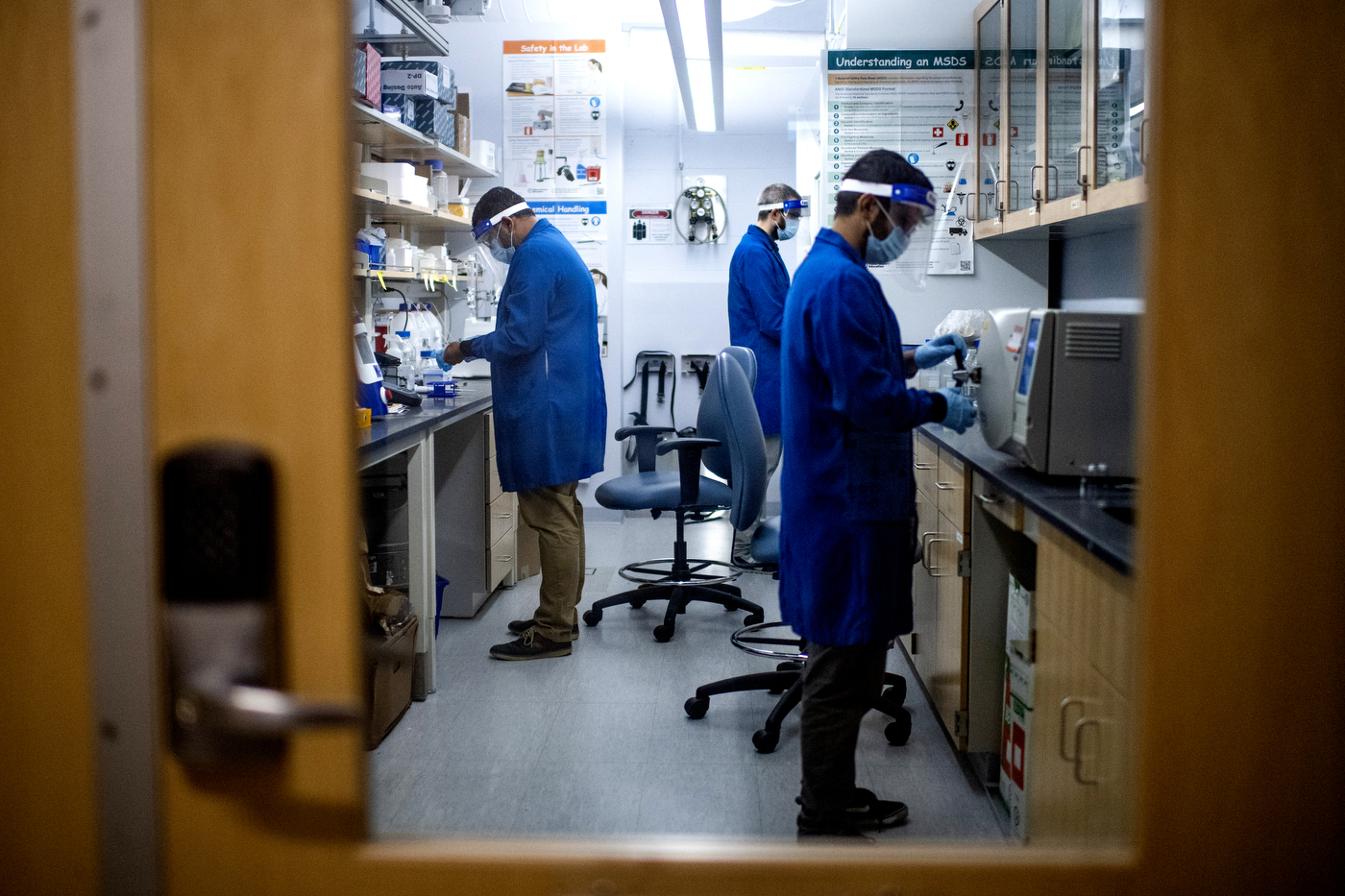
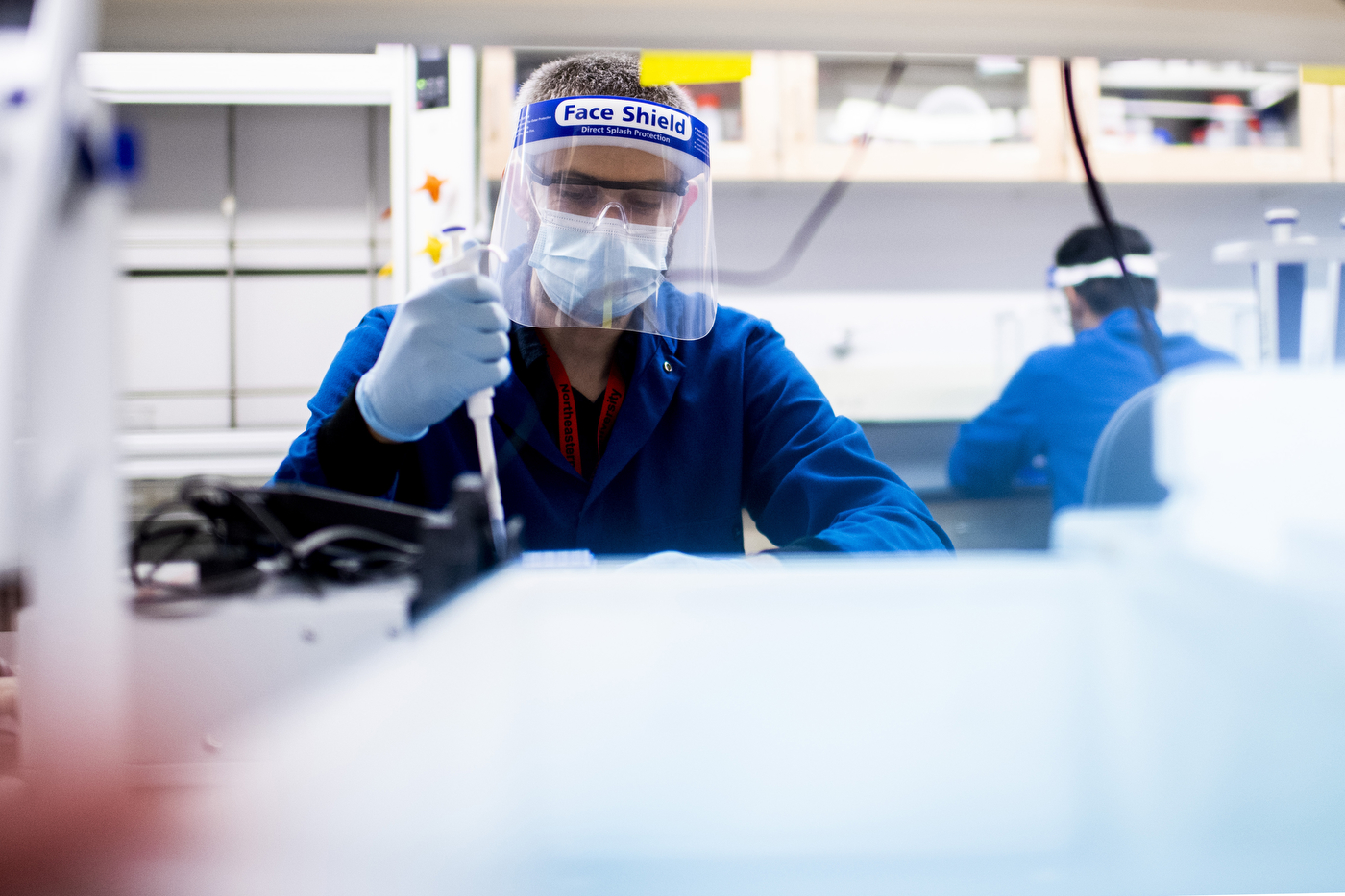
“With one sample you get a sense of the entire city,” Pinto says. “But we’re just detecting whether it’s there. It’s not showing how many people are infected.” It’s still unclear exactly what percentage of infected people carry the virus’s genetic material in their waste.
This form of surveillance could also be helpful in areas where there are either no cases of COVID-19, in which case this could monitor the virus’s arrival, or in places where there’s simply no information about the virus, for example, because of a lack of testing.
While wastewater samples are an excellent way to monitor daily infection rates, it’s not a replacement for coronavirus testing. “It’s a good complement, though,” Pinto says. “We can move testing centers around depending on what we see in the sewage.”
It’s still unknown whether the viral material found in feces or wastewater is infectious. Either way, Pinto and his team aren’t taking any chances.
“When we collect the sample, we heat treat it to kill all the viral particles before we do anything else with it,” he says. He’s able to detect the genetic material in as little as 10 milliliters of liquid.
Because new waste is constantly traveling to the wastewater treatment facility, it becomes an incredibly powerful tool for monitoring the health of a community on a daily basis.
Are these cases ongoing? Or was the sample pool merely contaminated by someone passing through? And if so, will this cause new cases to crop up in the coming days or weeks? These are some of the questions daily sampling can answer.
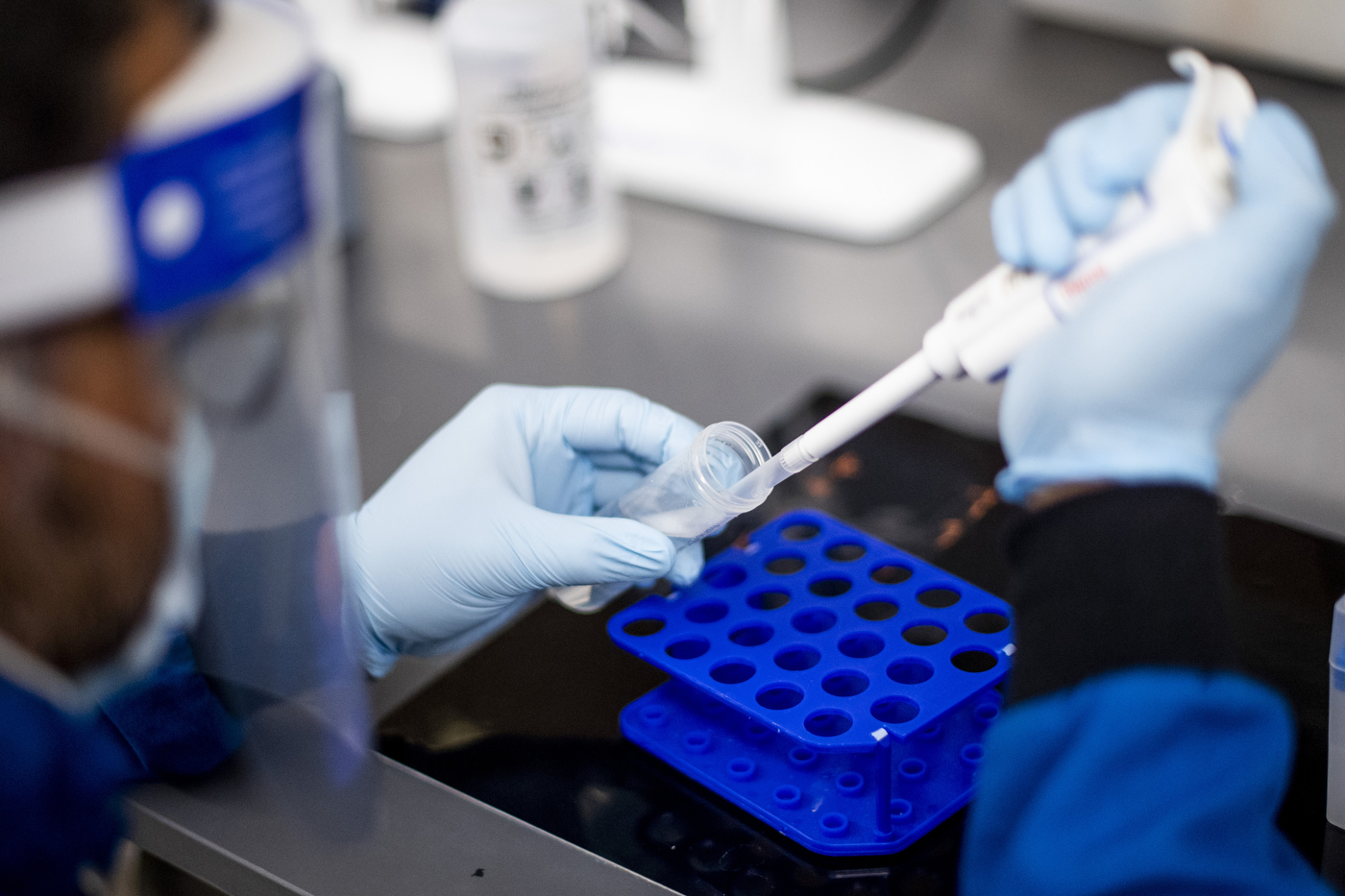
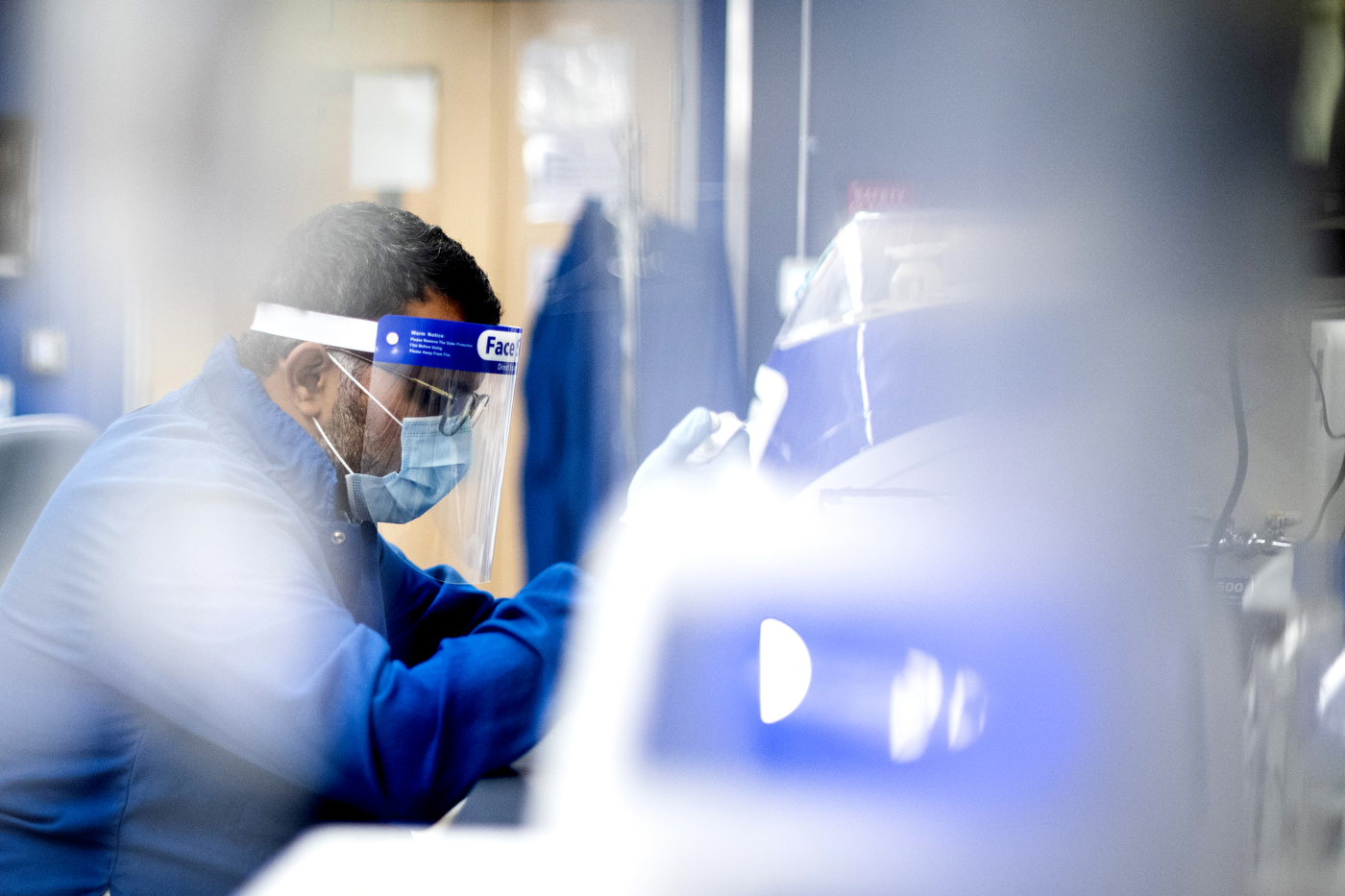
On the computational side of this project is Samuel Scarpino, assistant professor of marine and environmental science. His team has developed a prototype that takes the unprocessed samples and performs the machine learning classification needed to identify the presence of the virus.
Right now, this project is underway in Massachusetts. But Pinto’s and Scarpino’s long term goal is to apply these same wastewater sample methods to more vulnerable populations such as refugee camps and informal settlements.
“We’re trying to understand what the COVID-19 risk is, not necessarily just in those communities, but also in the surrounding areas that share a border with these settlements,” Scarpino says.
“We’re looking at these neighboring communities because oftentimes many of the goods and services flow through these areas into the camps,” he says. And with that could come the virus, too.
Usually these vulnerable communities don’t have access to the technology necessary to perform the wastewater sampling process, which is why Pinto and Scarpino are developing smartphone apps and protocols for using DNA synthesizers to identify the presence of the virus.
“We’re in the process of partnering with organizations that could deploy these technologies into a refugee setting,” Scarpino says. “Hopefully we can secure the funding soon to put these plans in action.”
For media inquiries, please contact media@northeastern.edu.
